Attributed to Echizen Kanenori
Japan - Momoyama period (1573-1603)
Steel, wood, lacquer, silk, brass, shakudo, gold, copper, silver
Length of cutting edge (Nagasa): 35.6 cm
Nakago: 12.4 cm - Curvature (Sori): 1.2 cm
Weight : 346 g
(Slight lack on the saya)
Shobu Tsukuri blade, Mune Takashi, Gunome temper line.
Nakago Funa Gata (boat hull), Ha Hagari Kuri Jiri (irregular ‘U’).
Yujo-habaki in copper and silver.
Wooden Saya, covered in textured black lacquer decorated with geometric motifs. The Ōtani Yoshitsugu family mon (1554-1600) representing two crossed falcon feathers is depicted in green glitter lacquer three times. The art of falconry was highly esteemed among the warrior class; the hawk was admired for its fierce and powerful appearance. During the medieval period, the wearing of two falcon feathers on either side of the Murai-kan (headdress) was a privilege reserved for officers. The motif of a stylised tree in glittery green lacquer is featured twice.
Koigushi, Kojiri and Kurigata in wood covered with black lacquer.
Kogatana with Kotsuka in copper covered with shakudo, engraved with the dragon Ryū enhanced with brass; steel blade signed.
Tsuka in wood, covered in shagreen and braided with navy blue silk, signed.
Tsuba Naga Maru Gata in openwork iron, decorated with a samurai enhanced with gold riding a carp - a symbol of perseverance and bravery, in a rough sea with silver buttons. This could well be the legend of the Koi carp and the ascent of the Yellow River.
Silver-coated brass menuki representing two dragons.
Fuchi Kachira - hallmarked, in shakudo-covered copper decorated with a succession of rough seas with gold and silver buttons.
Seppa in gilded copper.
Reference : 5547
Text and photos © FCP CORIDON



























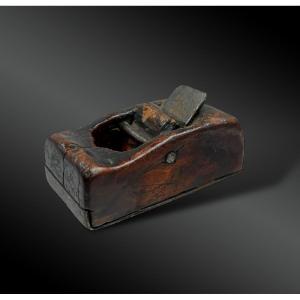

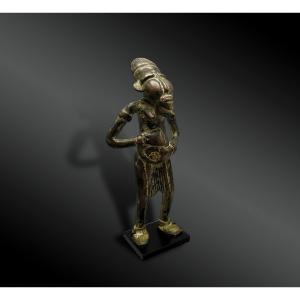
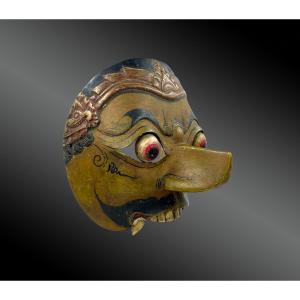



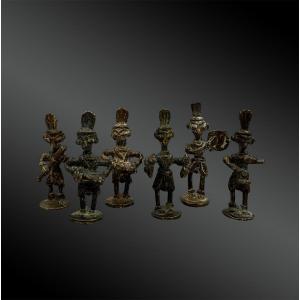



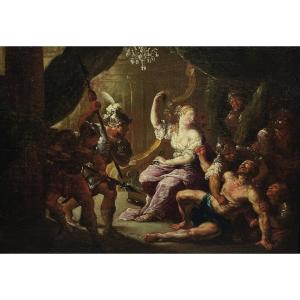



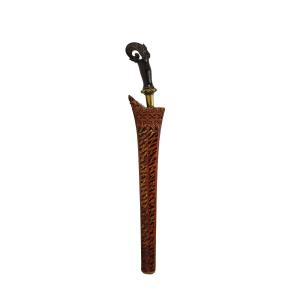
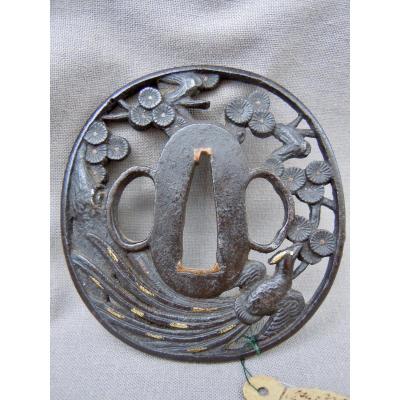




 Le Magazine de PROANTIC
Le Magazine de PROANTIC TRÉSORS Magazine
TRÉSORS Magazine Rivista Artiquariato
Rivista Artiquariato